Persimmons are a fruit that many people simply do not know much about. One thing about them, they are delicious. The fruit is awesome in many recipes but getting the persimmon pulp can be a challenge. Today we are going to share how to make persimmon pulp from wild persimmons.
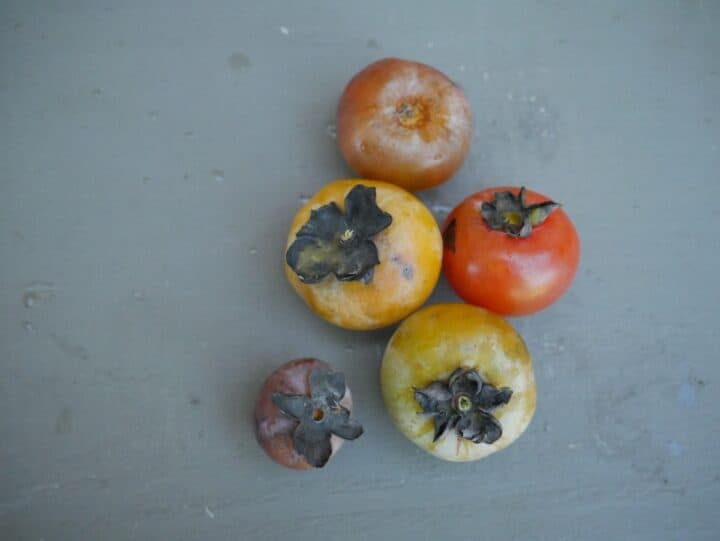
The American Persimmon trees are a native variety of persimmons to the US. Not only do wildlife enjoy the fruit, but once people try them they enjoy it as well.
American Persimmons are a super sweet fruit that has hints of honey, Carmel, and Tangerine. I also find that it has a little hint of Pumpkin taste as well. Persimmons have such a unique flavor.
They have a very complex taste and a very pleasing smell to it. They are a very underestimated fruit, to say the least. Once the flesh is fully ripe, it has a jelly-like texture that is amazing.
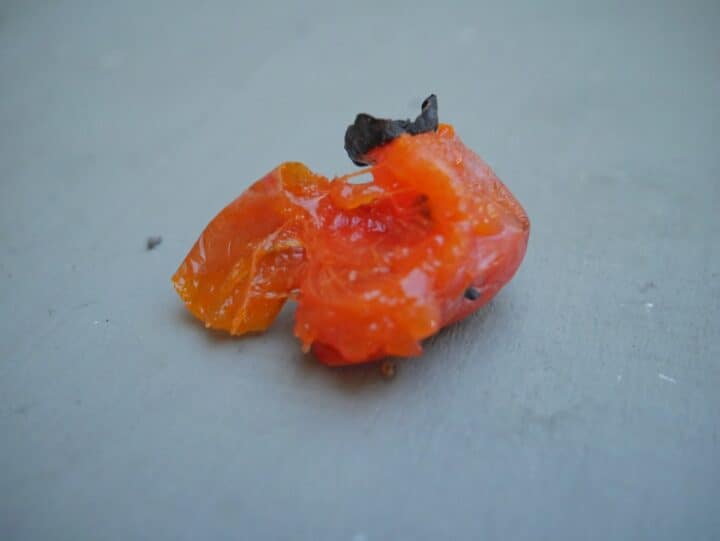
Persimmons Were Once a Favorite Fruit of Native Americans
American Persimmons were once a loved and coveted fall fruit that Native American Indians cherished. According to Times-Mail, Native American Indians enjoyed making many recipes from persimmons and also eating them plain. They mixed Persimmon pulp with corn meal and ground acorns to make loaves of bread and thick soups.
Fall is the time that the persimmon fruits begin to ripen. Here in the South, fall time is the time for festivals and the persimmon is no stranger to that as well. There are persimmon festivals around the US and the South dedicated to this fruit that is not so well known. There are even Persimmon Pudding contests at these festivals.
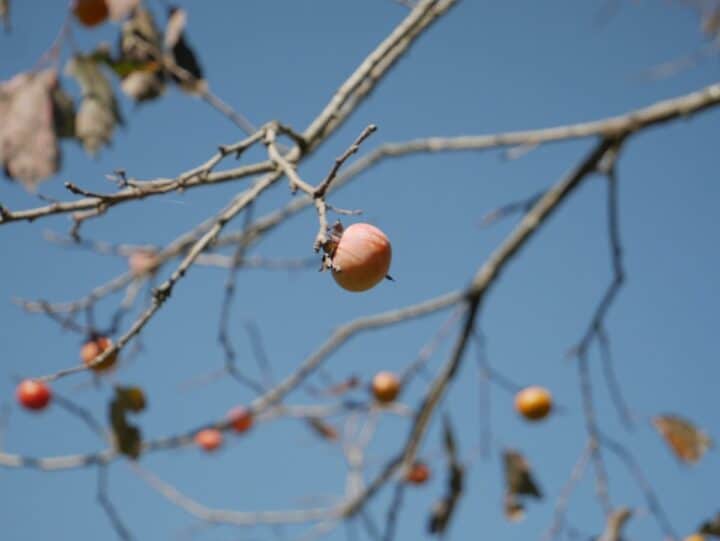
If you do not know what Persimmon Pudding is, let me tell you, you are missing out! Many tasty recipes can be made from the lowly Persimmon.
Types of Persimmons
The first thing I want to establish is the type of persimmon I am referring to in this post. There are many varieties of persimmons, and this process can apply to others as well, but in this post, I am specifically referring to the American Persimmon (Diospyros Virginiana).
If you go to the local grocery store, you may see persimmons there. These are Japanese varieties such as Hachiya, Kaki, or Fuyu Persimmons. There is nothing wrong with those, and they are delicious too, but in this post, I am covering how to get the persimmon flesh from the fruit of the American Persimmon tree.

There are some differences between Asian versus American Persimmons so make sure you know which one you have and you will be good to go.
If you enjoy canning, preserving, and dehydrating fruits and vegetables, you'll love this easy, step-by-step guide to dehydrating figs at home!
How To Tell If A Persimmon Is Ripe
The next thing that is very important to talk about regarding the American Persimmon before we make persimmon pulp, is how to tell if a persimmon is ripe. Now I have a whole post dedicated to this topic but I will share a little bit of it here.
Making sure that the American Persimmons are ripe is important. You do not want to eat unripe persimmons or underripe persimmon.
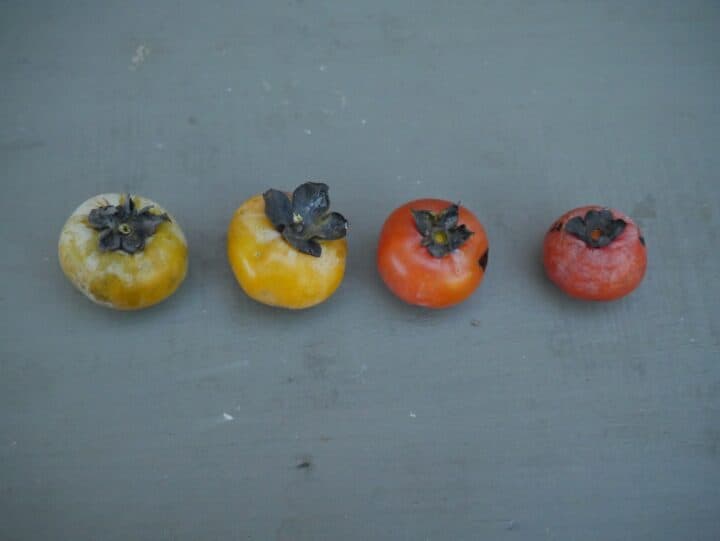
Astringent Persimmons vs. Non-Astringent Persimmons
American Persimmons are what they call an astringent fruit. Biting into one that is not ripe is similar to getting a piece of pecan hull in your mouth by eating pecans. It will make your mouth pucker. It is a weird feeling like your mouth is dry.
The fruit of the American Persimmon tree starts to ripen in early fall, usually mid-September for South Carolina. You can find the fruit still hanging onto certain trees into late fall and early winter.
Check For Color
There are a few things to check for to tell if a Persimmon tree has ripe fruit. First off, let’s talk about the color of the fruit. The color of ripe persimmons should be a bright orange color to dark purple.
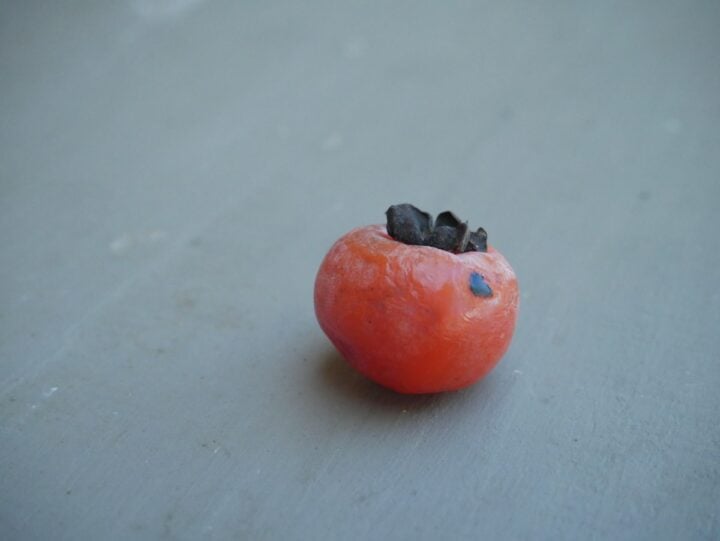
Check for Firmness
Next, the fruit should be firm to just slightly soft when gently squeezed and shouldn’t feel hard, with an almost jelly-like feel to it. Also check the skin of the fruit, as it should be shiny.
Check The Skin
If the skin is withered or wrinkled and the fruit feels dry, this could be a sign that the fruit is past ripe and not good to eat. You also should pass up on any that has cracked skin, skin with lots of black spots, or blemishes which could indicate that there is mold.
Check the Smell of the Fruit
When persimmons are ripe, they should also have a very sweet smell to them. They shouldn’t smell sour or fermented. This would be an indication that they are past ripe.
If you have some unripe persimmons, one trick to help them ripen up is to place them in a paper bag with some apples. We all have heard the term “One bad apple spoils the whole bunch.”
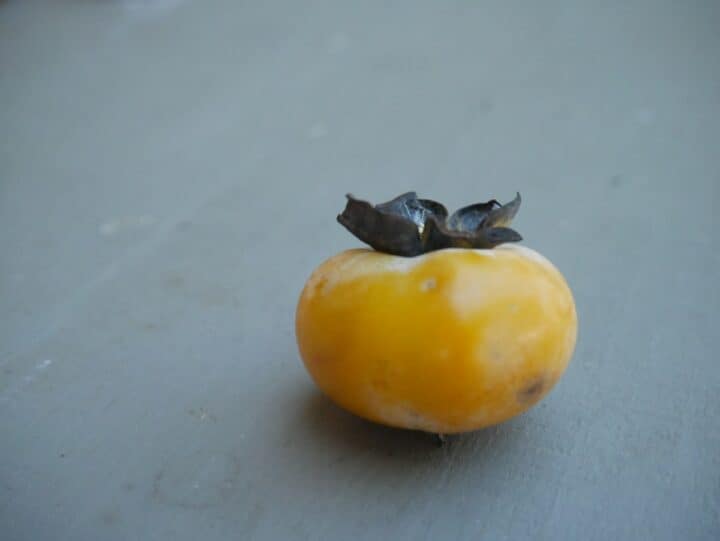
This is because apples that are ripening release a gas called Ethylene gas. This gas causes the apples to ripen and will help the unripe fruit ripen other fruit as well.
How To Make Persimmon Pulp From Wild Persimmons
Now that we know what variety we are working with, and we know how to tell if the persimmons are ripe, it is time to process the persimmons to make our persimmon puree.
Step-by-step process
Step 1: The first step in processing the persimmons is to wash the persimmons. At this time I remove the brown top part of the persimmon. This is called the calyx. I give the persimmons a few rinses and then I use a colander to scope them out of the sink and let them drain off.
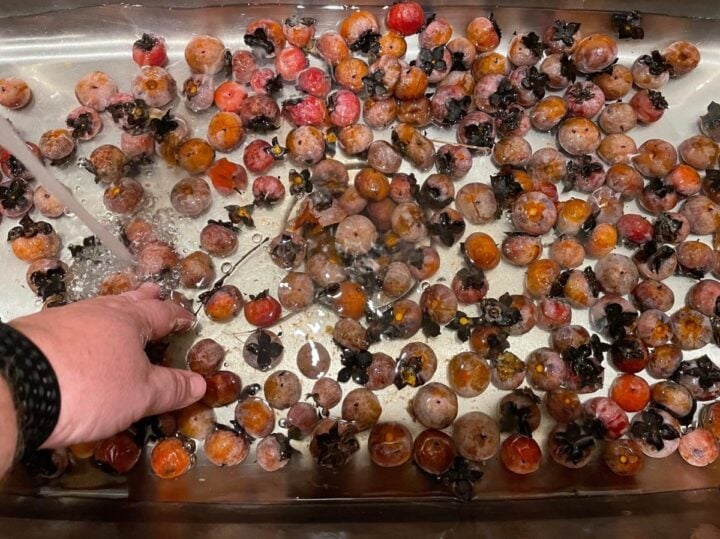
Step 2: The next step is made easier if you have a food mill or Chinois which is what I have and used for this process. You can also cut the fruit in half and scoop out the pulp by hand. At this point, you will have to remove the seeds as well. The food mill might be the least labor intensive and cutting them in half would be the most labor intensive.
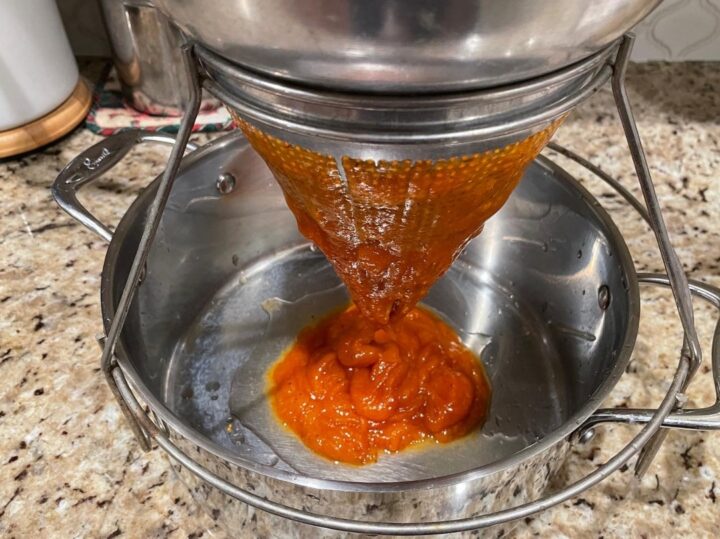
Using the Chinois, which is just a conical sieve with a pestle, and the food mill will both remove the skin and the seeds at the same time while allowing the puree to pass through.
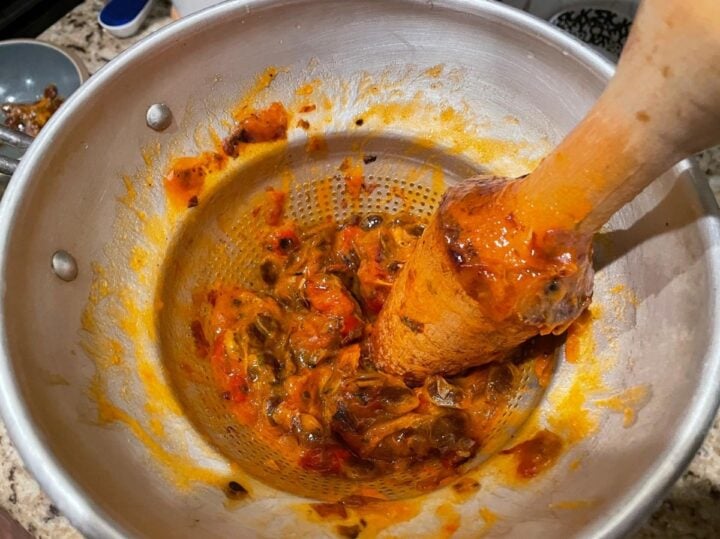
Note: If you are having trouble with the puree moving through the sieve or food mill, you can add a little cold water which will help it pass through as it thins down a little bit.
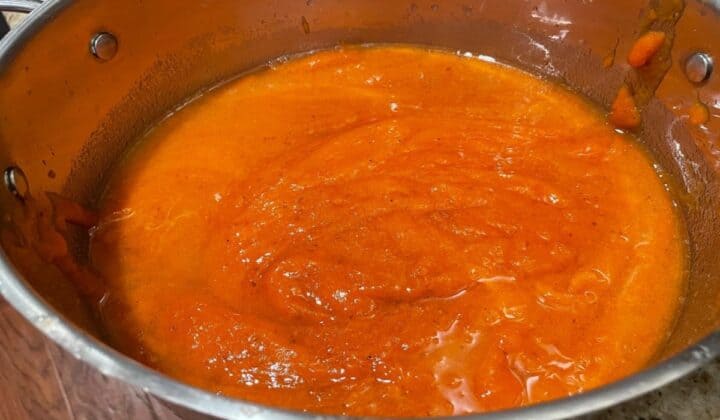
Step 3: Next step is to use a food processor or blender and process the pulp. If you are using the blender, again, you may have to add in a little water. If you do not have either of these, you could use a hand blender or even try a potato masher.
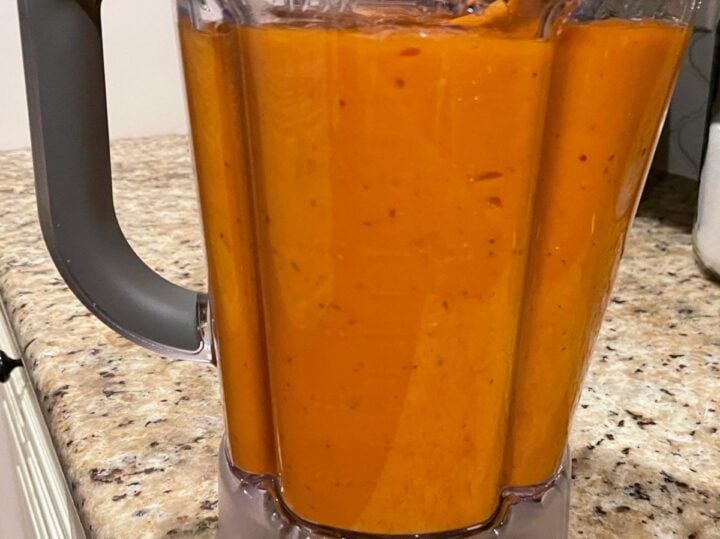
Blending or processing the pulp will help make pulp into a smooth creamy texture to have it ready to use in your recipes. This way there are no stringy fibers etc. in the dish and you have a smooth consistency.
Step 4: I like to divide the puree into 2-cup portions and then freeze it.
How To Store Persimmon Puree
When it comes to storing persimmon puree, I like to freeze it. I portion the puree into 2-cup portions so that when I get ready to use it, it is already measured out for me.
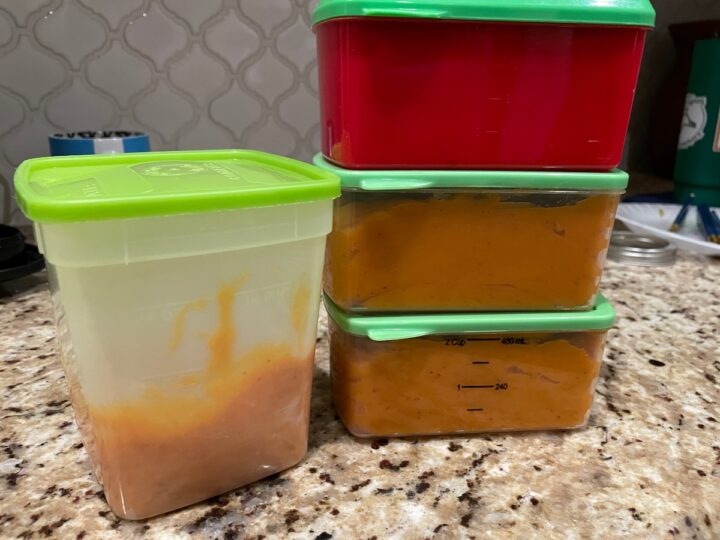
I use a plastic airtight container that is freezer-safe to store the puree in the freezer. These have many advantages such as they stack well, and I do not have to worry about a bag tearing when moving things in and out of the freezer.
With that being said you can use freezer-safe ziplock bags. Some people even use ice cube trays to freeze the puree in. Once the puree has frozen, you can pop them out and put them in a freezer-safe bag or freezer container.
What Recipes Can You Make With Persimmon Puree?
There are so many awesome recipes you can make with Persimmon Puree. My absolute favorite has to be the delicious Persimmon Pudding.
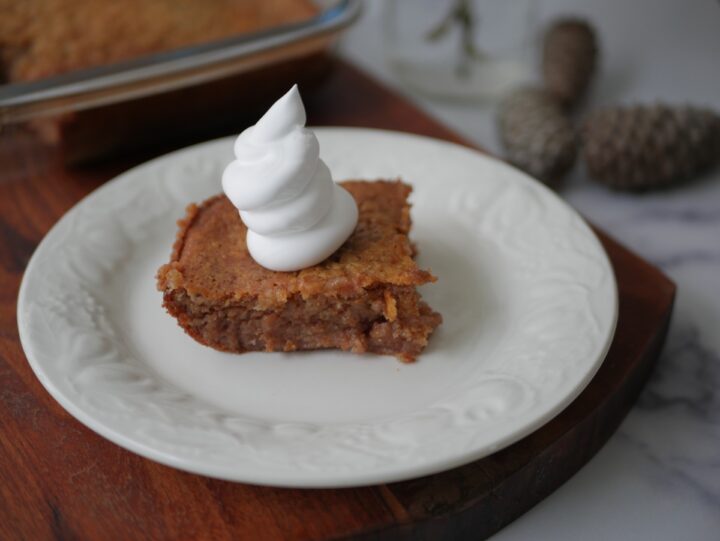
You can also make Persimmon cookies, persimmon bread, Persimmon Cake, and Persimmon Jam. There are so many persimmon recipes to make. If you have a sweet tooth, one of these recipes will cure it.
One recipe that I plan on making is Persimmon Butter. If you have ever had Apple Butter, this will be similar to this but only using persimmon puree instead of apples.

I hope this post on how to make persimmon pulp will help inspire you to make something from this delicious native fruit. If you have any questions or comments, please leave them below. I would love to hear them.
-Ronnie




troy l reynolds says
Ronnie
Can I use a food processor to liquefy the persimmon after I wash and de-seed? Does it hurt to use the skin?
Ronnie Williams says
Hey Troy,
Yes you can us a food processor to do this. You may have to add a little water here and there to get it to liquefy. Thanks for the question.
Have a great day,
-Ronnie
Beverly Gore says
I was excited to find this article about wild persimmons. There is a wild persimmon tree on my property, and I have just let the fruit go to waste each fall. Now I am hoping for an abundant crop next fall so that the fruit can be harvested. I want to try the persimmon pudding.
Ronnie Williams says
Good morning Beverly,
I hope that you are able to harvest some wild persimmons and are able to enjoy some Persimmon Pudding. In my opinion, Persimmon Pudding is so wonderful.
Thanks for sharing,
-Ronnie